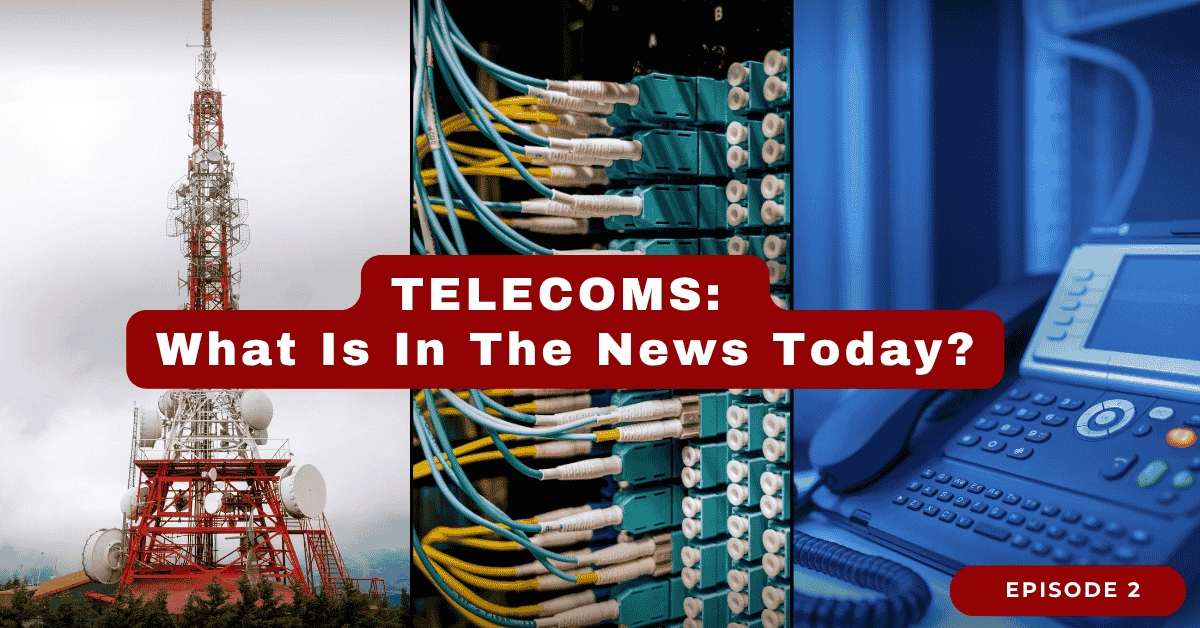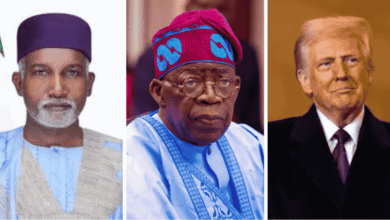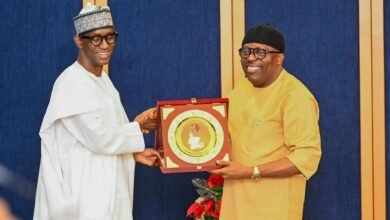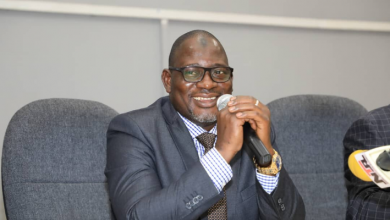
Episode 2
- Ghana’s fintech boom validates Bill Gates’ 1994 prediction.
- Nigeria’s telecom sector remains resilient amid reforms.
- ITU flags high connectivity costs in LLDCs,
- EE expands 5G in the UK, and
- NCC rolls out new telecom infrastructure framework.
Ghana’s Financial Shift Affirms Bill Gates’ 1994 Prediction
Ghana’s financial ecosystem is experiencing a transformation that aligns with Bill Gates’ 1994 forecast that “banking is necessary, but banks are not.” Over the past 30 years, telecom firms, fintech startups, mobile apps, and e-commerce platforms have increasingly taken over traditional banking functions—offering faster, cheaper, and more user-friendly services.
MTN Mobile Money (MoMo) has emerged as a leading force, with over 18 million users nationwide. From Makola to Tamale, Ghanaians can now save, transfer funds, purchase airtime, and access microloans using just a SIM or e-SIM and a PIN—without needing a bank account.
Nigeria’s Telecom Sector Remains Resilient Amid Economic Strains
Despite severe economic challenges, Nigeria’s telecom sector continues to show resilience, contributing 14.4% to national GDP. Under the leadership of Dr. Aminu Maida, appointed in October 2023, the Nigerian Communications Commission (NCC) has introduced critical reforms aimed at stabilizing the sector, enhancing regulatory professionalism, and aligning policies with real costs.
Soaring forex rates and diesel prices—rising from ₦300 to ₦1,200 per litre—have strained operators. However, recent measures, including adjustments to International Termination Rates and domestic tariff caps, are helping operators maintain service delivery. These reforms are expected to unlock over $150 million in 4G network investments while safeguarding consumer interests.
ITU Warns That High Connectivity Costs Are Slowing Development in LLDCs
The International Telecommunications Union (ITU) has raised concerns over high connectivity costs in landlocked developing countries (LLDCs), warning that such expenses are hampering digital development. About 359 million people remain offline in these regions, where mobile broadband often exceeds 2% of GNI per capita—the benchmark for affordability.
ITU’s Dr. Cosmas Zavazava emphasized that while infrastructure is key, policy reforms and investment incentives are equally critical to achieving universal and meaningful connectivity. Shared learning and coordinated strategies among LLDCs, he noted, can help break through persistent digital barriers.
EE Expands 5G Standalone Network to Reach 34 Million by 2025
EE, the UK’s largest mobile network, is rolling out its 5G Standalone (SA) service to 45 new locations including Aberdeen, Ipswich, and Windsor. This move is set to cover 34 million people by August 2025, with a target of 41 million by spring 2026.
Unlike traditional 5G built on 4G infrastructure, EE’s 5G SA offers fully independent, faster, and more reliable connectivity. Supporting Voice over 5G (Vo5G), the network delivers quicker call setups and lower latency. The service is compatible with major device brands and comes at no additional cost to eligible users.
NCC Unveils New Framework to Enhance Telecom Infrastructure Management
The Nigerian Communications Commission (NCC) has introduced a new regulatory framework aimed at streamlining telecom infrastructure management nationwide. It addresses issues such as infrastructure gaps, poor stakeholder coordination, and uneven service delivery—especially in rural areas.
The framework emphasizes technical, financial, and operational assessments, enabling better planning and efficient resource use. It also strengthens the NCC’s capacity to analyze data, monitor operator performance, and ensure public and private sector accountability. Ultimately, it aims to improve internet access and optimize infrastructure investments across Nigeria.





